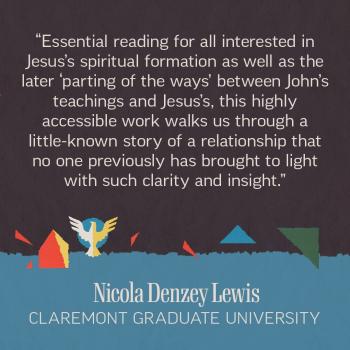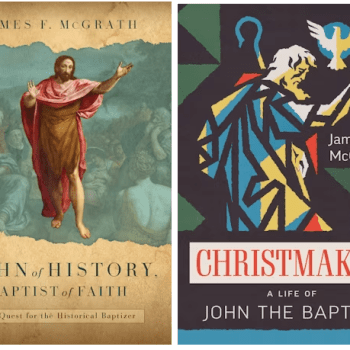I am grateful to Fortress Press for sending me a gratis review copy of Galilee in the Late Second Temple and Mishnaic Periods, Volume 1: Life, Culture, and Society, edited by David Fiensy and James Strange. But I am perhaps even more grateful to have had the privilege of reading the book while traveling to and then around Galilee and other parts of the Holy Land. The book, and the geographical and archaeological realities in my surroundings, mutually reinforced and illuminated one another in ways that were not merely informative but thrilling and delightful.
But even if you don’t read this book in the Galilee, if you are interested in the New Testament or Judaism, the book is one that you will find extremely helpful. As the preface highlights, the region “birthed two Judaisms” (p.xviii), and recent work has changed our understanding of the region in important ways. This volume brings together a number of the top experts on the region, and beginning from the fact that “the quest for the historical Jesus is at the same time a quest for the historical Galilee” (Fiensy and Strange, p.5, based on something Sean Freyne said that is quoted on p.12 and alluded to more than once throughout the book), tackles a number of “antitheses” in scholarly views of the region (summarized on pp.3-5).
A multi-author book is challenging to summarize without making the review extremely lengthy. So hopefully it will suffice to provide a small sampling of some of the kinds of topics covered. These include the life story of Herod the Great and its relationship to Galilee; food production and transportation; seasonal mortality and the impacts of malaria (often missed by those reading in the New Testament about people with fevers, while we as readers are living in other parts of the world); pedology (study of soil) and climate; political unrest or stability; education; types of cities and other settlements; coin distribution; evidence of religious changes (widespread introduction of mikvot), and ways that even pottery preferences show that the “Jews in Judaea, Galilee, and Gaulinitis…made the deliberate and active choice to live in a manner specific to them alone and recognizable as such to outsiders” (p.215) so that in this period “religious commitment became…the task of the individual and a matter of choice” (p.95).
I was particularly interested in the mention of the use of caves as houses, or the building of houses over caves for use as an extension, in effect a basement. Eastern Christian tradition places the birth of Jesus in a cave. Cultural evidence suggests that Luke’s Gospel envisages Jesus’ birth in a typical home. The two intersect perfectly. That does not mean that Luke’s depiction is historical, just that these two traditions are not as divergent as they might first appear to someone who is not well informed about ancient homes in this region.
For anyone interested in the history of the ancient Mediterranean world, this book will be a rewarding read. For those seeking to understand the New Testament, I would say that it is absolutely essential. There is more work being done about ancient Galilee than a New Testament scholar is likely to be able to keep up with unless their research focuses exclusively on that aspect. For the rest of us, this distillation is a godsend, and I highly recommend it.













